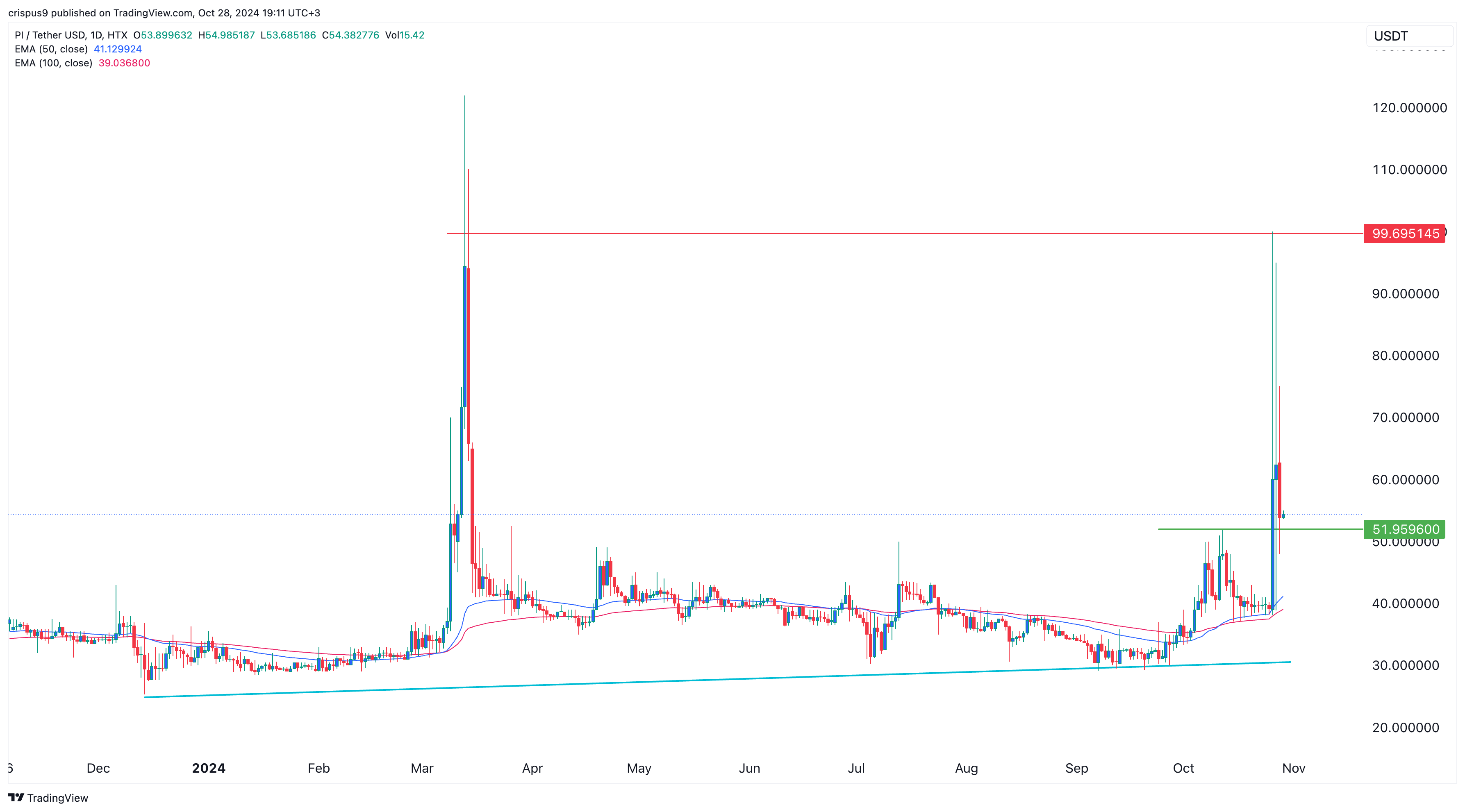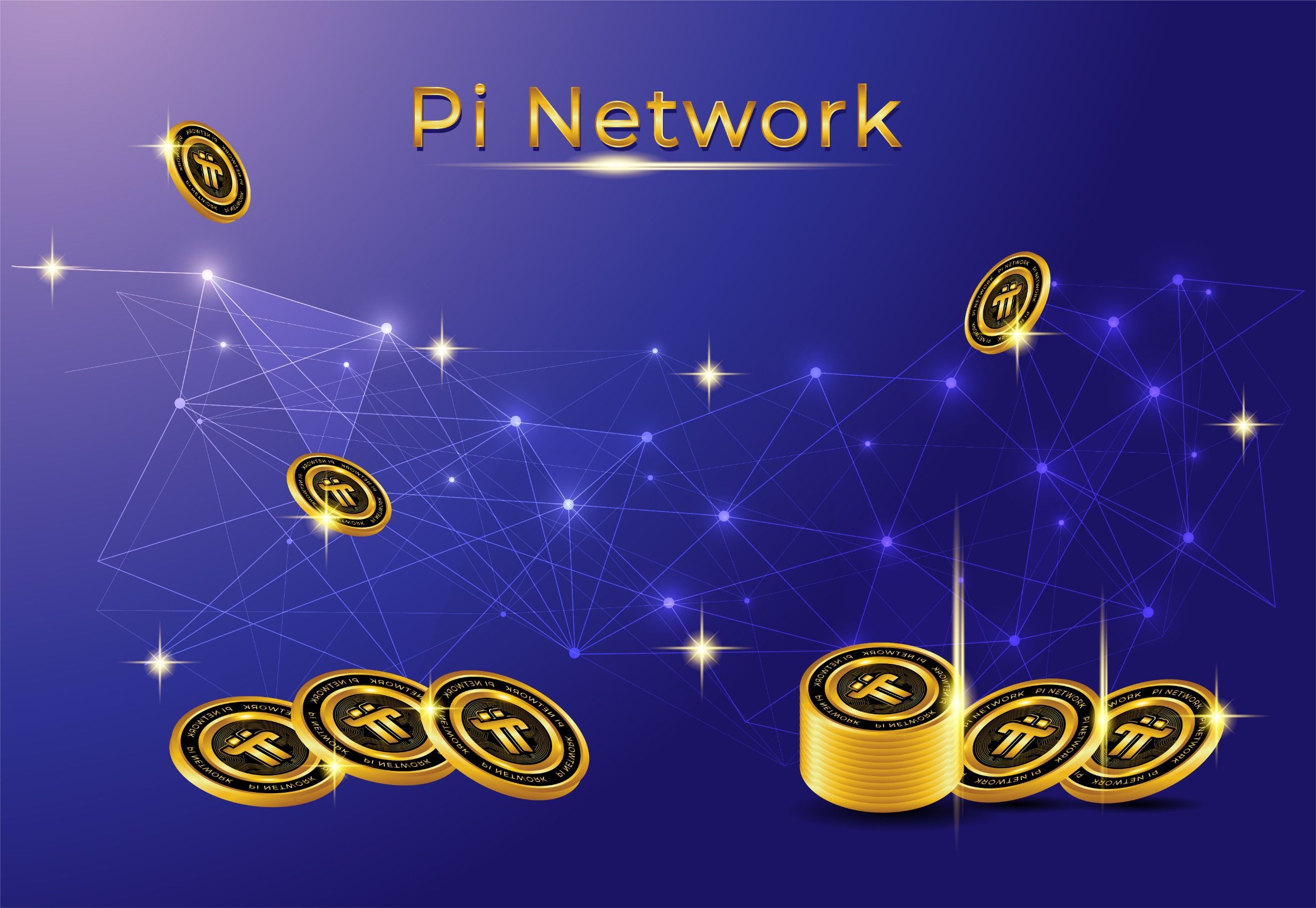Pi Network IOU token went parabolic last week, reaching a high of $100, its highest point since March, after the developers announced new plans for this year’s PiFest event. It then suffered a harsh reversal and was trading at $54.
PiFest enthusiasm
The main catalyst for the Pi Network token was the decision by the developers to unveil details of this year’s PiFest.
PiFest is a community-driven event that aims to showcase merchants using the Pi Coin. As part of this event, the developers opened registration for merchants. The pioneer shopping period will then start on Tuesday and go on until November 5.
Users can use the Map of Pi, an application built using Pi Network’s technology that showcases where local businesses accepting the Pi Coin are located.
This event is happening at a time when the developers are working on exiting the enclosed mainnet and launching the Open Network. It has existed in the enclosed mainnet, where it is only accessible to pioneers since 2021.
Read more: Catizen’s CATI Drops Below Key Support: Time to Buy the Dip?
As part of The Open Network launch, the developers are hoping that three things will happen. First, they hope to have completed the Know Your Customer (KYC) verification of its pioneers, a process whose grace period will end in November.
The KYC verification process aims to remove the many bots that may have entered the Pi Network ecosystem.
Second, they hope that there will be enough applications in its ecosystem. These dApps will be in industries like e-commerce, decentralized trading, and non-fungible tokens (NFT). The hope is that these applications will help to create utility for the token.
Third, the Pi Network mainnet launch will happen when the market is conducive, such as when cryptocurrencies are on a bull run.
The biggest risk for Pi Network is when the pioneers decide to sell all their tokens after the mainnet launch. This is a situation that has happened among many “tap-to-earn” tokens like Hamster Kombat, Notcoin, and Catizen.
In a note, one pioneer told BanklessTimes that the developers were wrong to assume that pioneers were interested in the network and its ecosystem. Instead, most of the pioneers have always been interested in the coin and its performance when it launches its airdrop.
Read more: Pi Coin Prediction as the Pi Network Mainnet Launch Nears
Pi Network price analysis

PI chart by TradingView
The Pi Network IoU token offered by HTX more than doubled last week and then crashed to $54. It has moved above the 50-day and 100-day Exponential Moving Averages (EMA).
The token has remained above the important resistance point at $52, its highest point on October 12. Therefore, it will likely have a bullish breakout in the coming days as bulls target the key resistance point at $70. This rebound could happen ahead of the Pi Network mainnet launch.













